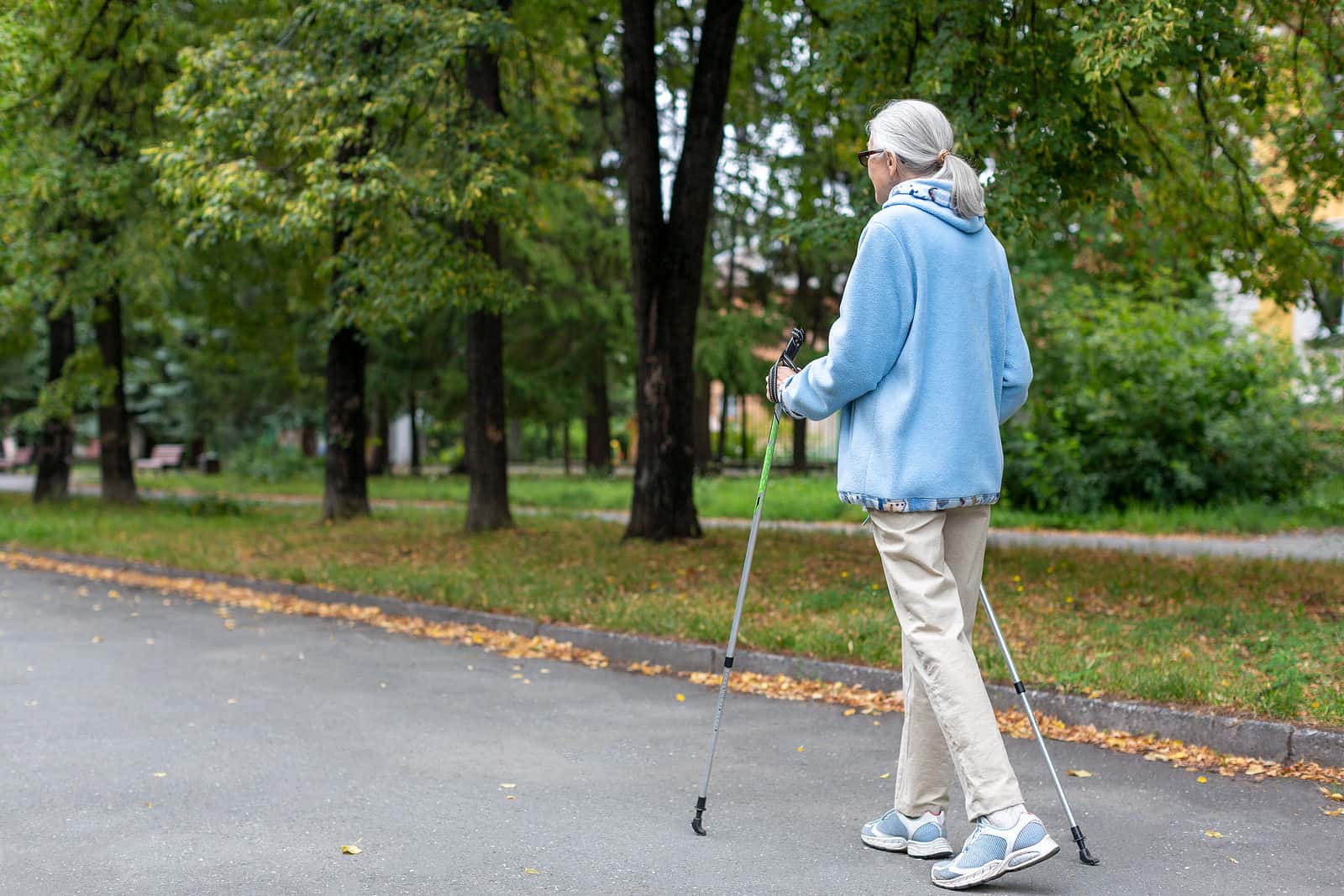
Peripheral artery disease (PAD) is a condition in which the arteries of the limbs narrow. As a result, they become unable to deliver adequate blood flow to the muscles. The typical symptoms are severe muscle pain, particularly if the person is walking rapidly. Painful cramps, weakness, numbness or cold legs or feet can also indicate PAD.
How Vitamin B3 Might Help Peripheral Artery Disease:
Peripheral artery disease makes it hard for people to walk more than a short distance without discomcort. There are relatively few treatments. Physicians usually recommend lifestyle changes such as quitting smoking and increased walking. (We discuss the benefits of a home walking program below.)
A new study demonstrates that a form of vitamin B3 called nicotinamide riboside can improve the distance people can walk (Nature Communications, June 13, 2024). This double-blind, randomized, placebo-controlled clinical trial lasted six months. The effects were comparable to those of supervised exercise, but do not require a therapist’s time. To be specific, people taking nicotinamide riboside increased the distance they could walk in six minutes by 7 meters. Those taking the placebo pills walked 10 meters less during six minutes at the end of the trial. These clinically significant results may have implications for other conditions resulting from poor circulation.
What Is the Best Treatment for Peripheral Artery Disease?
Factors that increase the risk for coronary artery disease can also affect the arteries of the limbs. Consequently, physicians advise patients to refrain from smoking, control their blood pressure, treat diabetes and lower their cholesterol.
For decades, doctors have known that the best specific treatment for PAD is to get people to exercise regularly. Since walking is usually the trigger for pain, the treatment, walking vigorously, is a tough sell. Controlled trials have shown that exercise in a gym or other facility supervised by a nurse or exercise physiologist is effective. People treated this way extend the distance they can cover in a timed six-minute walk. Trials of home-based exercise have not consistently shown benefit, however. This complicates treatment for people who can’t get to a gym.
Home-Based Walking Therapy:
A new study of nearly 200 people with peripheral artery disease compared usual care to walking at home coached by a physical therapist (JAMA, April 12, 2022). The intervention included one hour of coaching in each of the first two weeks, and then 20-minute follow-up phone calls after six weeks and three months. The physical therapists utilized motivational interviewing and applied behavior change principles.
At the end of the three-month study, people who walked at home were able to cover significantly more distance in six minutes than those who had received usual care. They had increased their range by about 28 meters (more than 80 feet) compared to just under 3 m for the folks in the control group.
In this trial, PAD patients did not need intensive supervision for every walking session. Nor did they need to use gym facilities. As a result, this home-based walking behavior program appears within reach for many people with peripheral artery disease.
Does Diet Matter?
Scientists have also found that cocoa flavanols can help ease symptoms of peripheral artery disease. Moreover, a diet rich in colorful vegetables can lower blood pressure and also help prevent PAD.
Citations
- McDermott MM et al, "Nicotinamide riboside for peripheral artery disease: the NICE randomized clinical trial." Nature Communications, June 13, 2024. DOI: 10.1038/s41467-024-49092-5
- Bearne LM et al, "Effect of a home-based, walking exercise behavior change intervention vs usual care on walking in adults with peripheral artery disease: The MOSAIC randomized clinical trial." JAMA, April 12, 2022. doi:10.1001/jama.2022.3391

